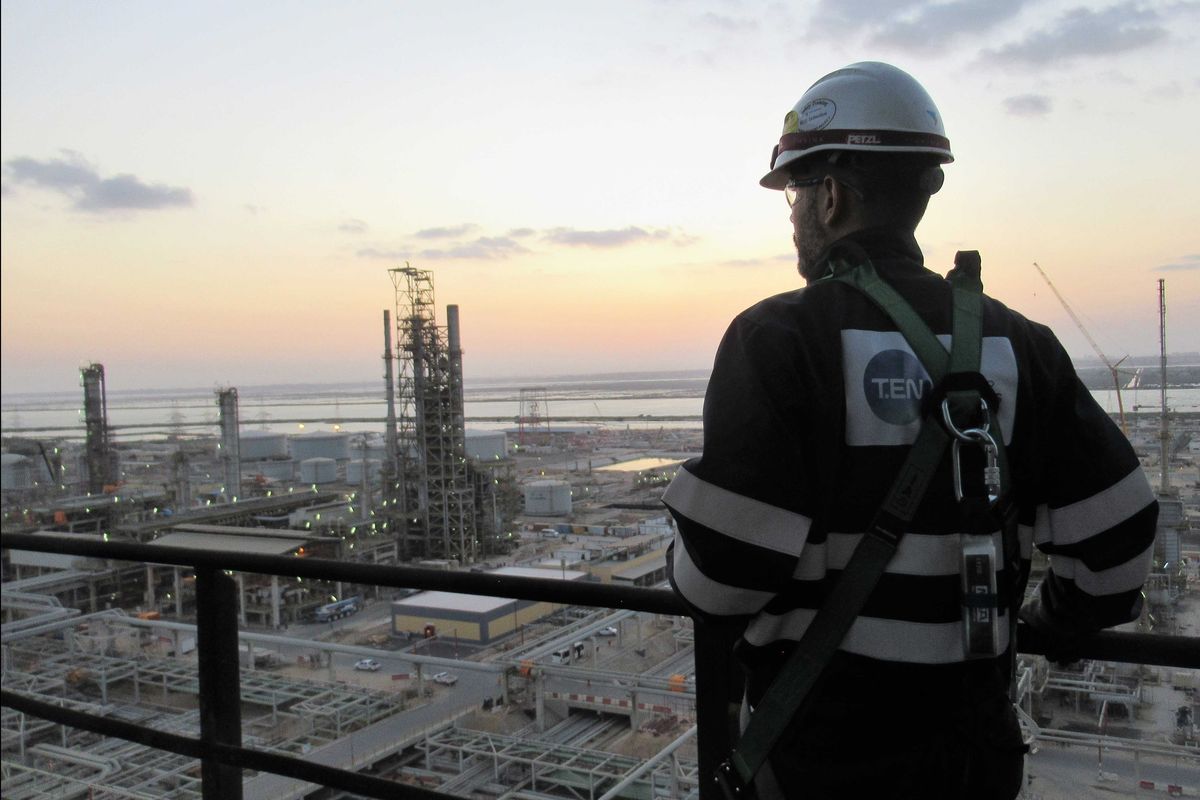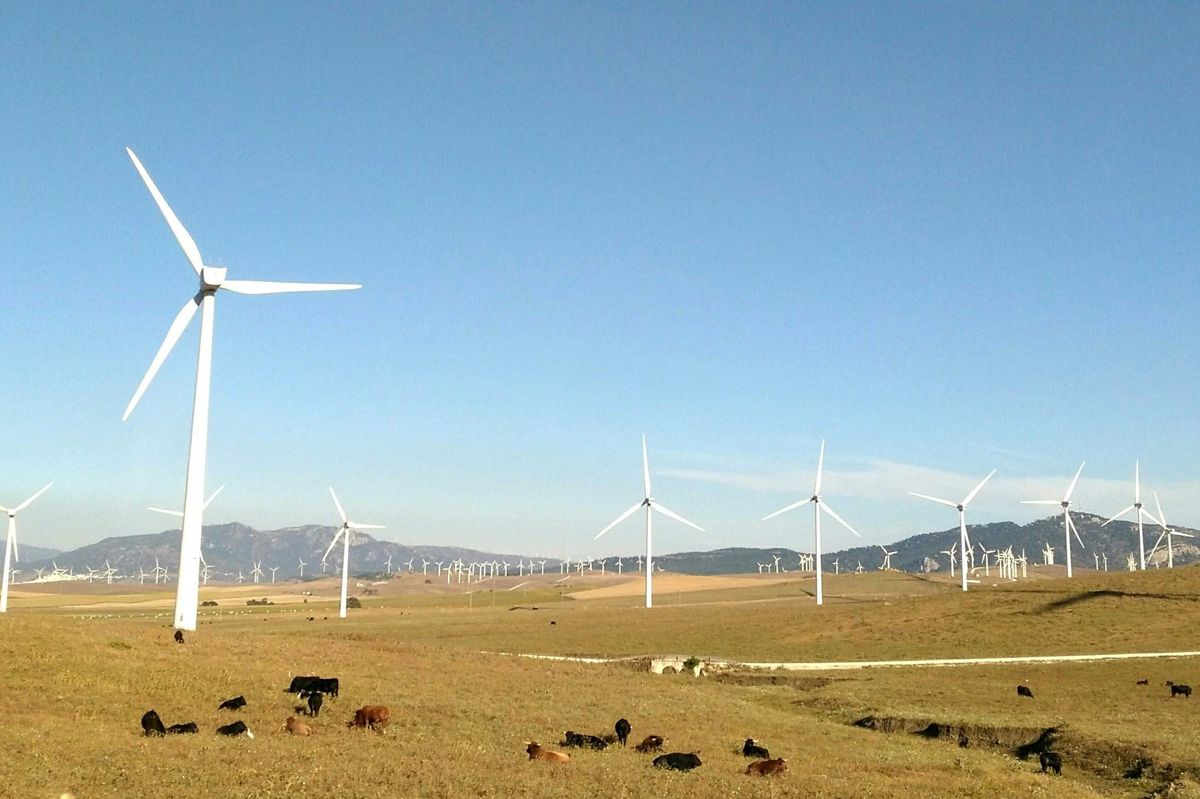Houston scientists create first profile of Mars’ radiant energy budget, revealing climate insights on Earth
research findings
Scientists at the University of Houston have found a new understanding of climate and weather on Mars.
The study, which was published in a new paper in AGU Advances and will be featured in AGU’s science magazine EOS, generated the first meridional profile of Mars’ radiant energy budget (REB). REB represents the balance or imbalance between absorbed solar energy and emitted thermal energy across latitudes. An energy surplus can lead to global warming, and a deficit results in global cooling, which helps provide insights to Earth's atmospheric processes too. The profile of Mars’ REB influences weather and climate patterns.
The study was led by Larry Guan, a graduate student in the Department of Physics at UH's College of Natural Sciences and Mathematics under the guidance of his advisors Professor Liming Li from the Department of Physics and Professor Xun Jiang from the Department of Earth and Atmospheric Sciences and other planetary scientists. UH graduate students Ellen Creecy and Xinyue Wang, renowned planetary scientists Germán Martínez, Ph.D. (Houston’s Lunar and Planetary Institute), Anthony Toigo, Ph.D. (Johns Hopkins University) and Mark Richardson, Ph.D. (Aeolis Research), and Prof. Agustín Sánchez-Lavega (Universidad del País, Vasco, Spain) and Prof. Yeon Joo Lee (Institute for Basic Science, South Korea) also assisted in the project.
The profile of Mars’ REB is based on long-term observations from orbiting spacecraft. It offers a detailed comparison of Mars’ REB to that of Earth, which has shown differences in the way each planet receives and radiates energy. Earth shows an energy surplus in the tropics and a deficit in the polar regions, while Mars exhibits opposite behavioral patterns.
The surplus is evident in Mars’ southern hemisphere during spring, which plays a role in driving the planet’s atmospheric circulation and triggering the most prominent feature of weather on the planet, global dust storms. The storms can envelop the entire planet, alter the distribution of energy, and provide a dynamic element that affects Mars’ weather patterns and climate.
The research team is currently examining long-term energy imbalances on Mars and how it influences the planet’s climate.
“The REB difference between the two planets is truly fascinating, so continued monitoring will deepen our understanding of Mars’ climate dynamics,” Li says in a news release.
The global-scale energy imbalance on Earth was recently discovered, and it contributes to global warming at a “magnitude comparable to that caused by increasing greenhouse gases,” according to the study. Mars has an environment that differs due to its thinner atmosphere and lack of anthropogenic effects.
“The work in establishing Mars’ first meridional radiant energy budget profile is noteworthy,” Guan adds. “Understanding Earth’s large-scale climate and atmospheric circulation relies heavily on REB profiles, so having one for Mars allows critical climatological comparisons and lays the groundwork for Martian meteorology.”










